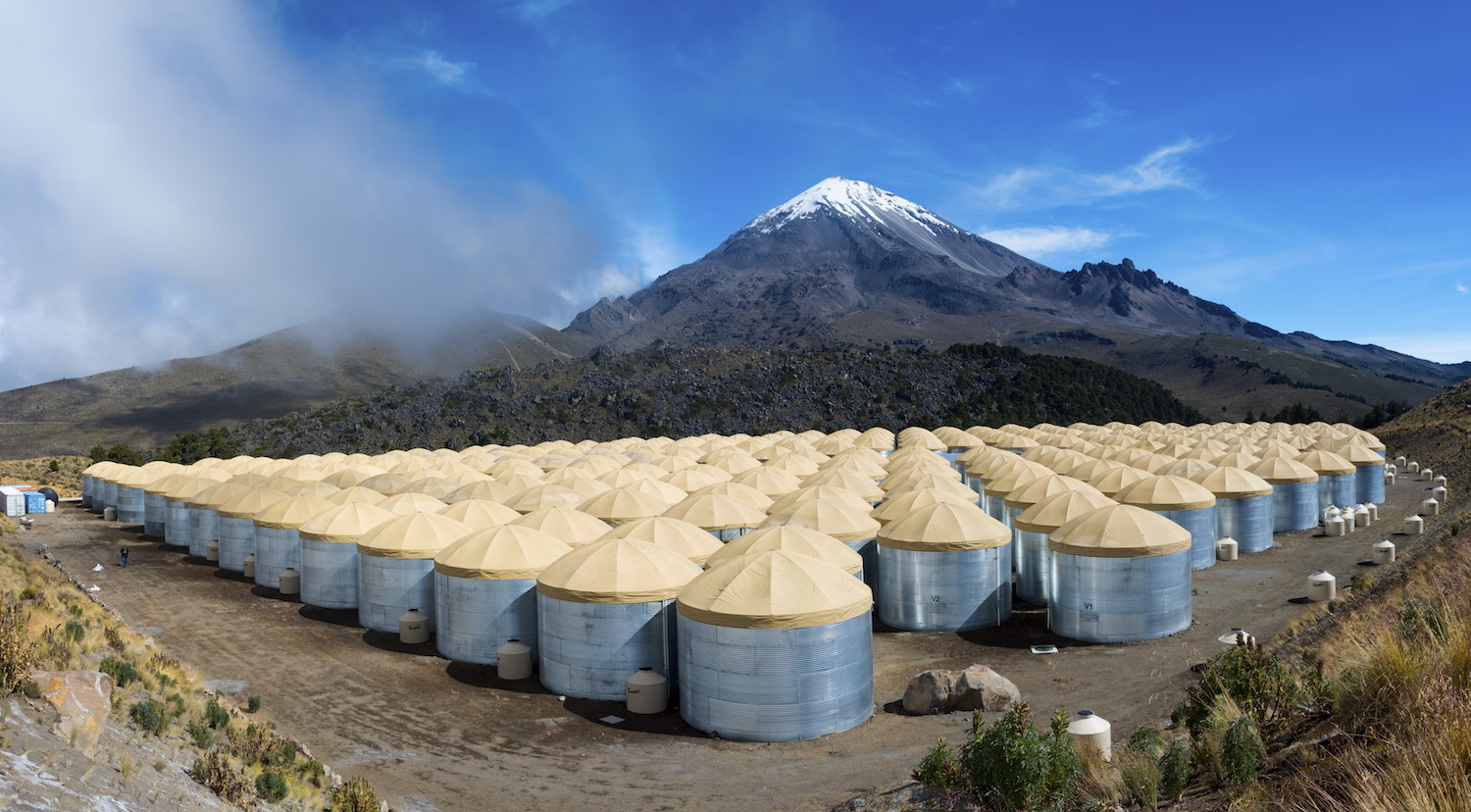
Albert Einstein's theory of special relativity has survived one of its stiffest tests yet.
A concept called the Lorentz Invariance, named after Dutch physicist Hendrik Lorentz, holds that the laws of physics are the same for observers throughout the universe, no matter where they are or how fast they're moving.
The Lorentz Invariance is at the heart of special relativity, which predicts, among other things, that the speed of light in a vacuum is a constant 186,282 miles (299,791 kilometers) per second, whatever the situation.
Related: The genius of Albert Einstein: his life, theories and impact on science
This speed is indeed constant in all measurements to date, even those made at the highest energy levels that scientists can produce here on Earth with particle accelerators. And it holds at far higher energies as well, the kinds generated by dramatic astrophysical phenomena, a new study reports.
The study team analyzed data gathered by the High Altitude Water Cherenkov (HAWC) observatory, a system of 300 water tanks built on the shoulder of a volcano in the Mexican state of Puebla. Sensitive detectors inside these tanks measure the cascades of particles generated when high-energy gamma-rays strike the molecules in Earth's atmosphere.
The observatory has detected evidence of photons with energies above 100 teraelectronvolts — about 1 trillion times higher than the energy of visible light — streaming from at least four different astrophysical sources, reports the new study, which was published online Monday (March 30) in the journal Physical Review Letters.
Breaking space news, the latest updates on rocket launches, skywatching events and more!
That's a big deal, because it shows that even those supremely potent photons did not exceed the universal speed limit. If they had been moving faster than 186,282 miles per second, they would have decayed into lower-energy particles and never reached the water-tank detectors, study team members said.
"How relativity behaves at very high energies has real consequences for the world around us," co-author Pat Harding, an astrophysicist at Los Alamos National Laboratory in New Mexico and a member of the HAWC scientific collaboration, said in a statement.
"Most quantum gravity models say the behavior of relativity will break down at very high energies," Harding added. "Our observation of such high-energy photons at all raises the energy scale where relativity holds by more than a factor of a hundred."
HAWC data could push those limits out further in the future, providing even more stringent tests of special relativity, Harding said.
"As HAWC continues to take more data in the coming years and incorporate Los Alamos-led improvements to the detector and analysis techniques at the highest energies, we will be able to study this physics even further," he said.
- Right again, Einstein: special relativity works even in ghostly high-energy neutrinos
- 8 baffling astronomy mysteries
- Captain Marvel, special relativity and 'Avengers: Endgame' connection explained
Mike Wall is the author of "Out There" (Grand Central Publishing, 2018; illustrated by Karl Tate), a book about the search for alien life. Follow him on Twitter @michaeldwall. Follow us on Twitter @Spacedotcom or Facebook.

Michael Wall is a Senior Space Writer with Space.com and joined the team in 2010. He primarily covers exoplanets, spaceflight and military space, but has been known to dabble in the space art beat. His book about the search for alien life, "Out There," was published on Nov. 13, 2018. Before becoming a science writer, Michael worked as a herpetologist and wildlife biologist. He has a Ph.D. in evolutionary biology from the University of Sydney, Australia, a bachelor's degree from the University of Arizona, and a graduate certificate in science writing from the University of California, Santa Cruz. To find out what his latest project is, you can follow Michael on Twitter.

